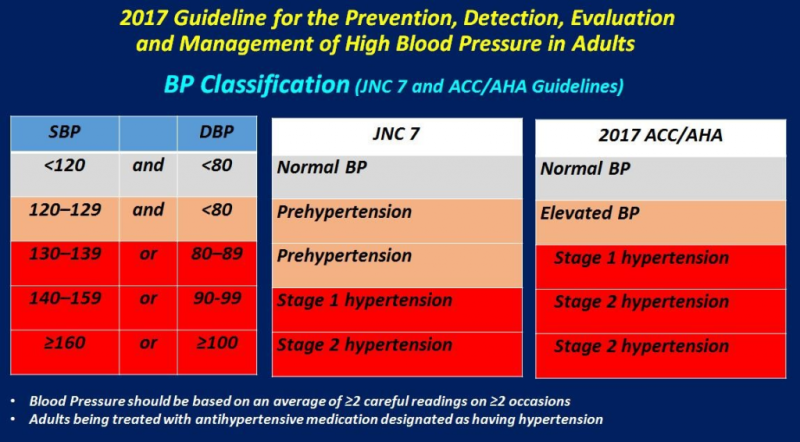Glaucoma?

Glaucoma is a condition in which intraocular pressure increases, which can lead to loss of vision. This results in the appearance of the optic nerve head characteristic of fundus examination and corresponding progressive loss of vision.Dietze et al., 2021
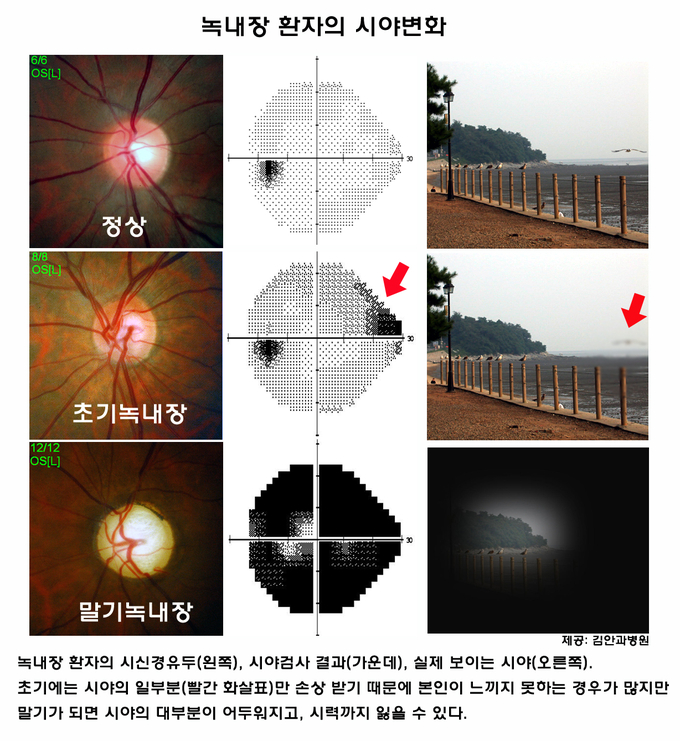
녹내장이란 안압 상승으로 인해 시력을 잃게 되는 질환이다. An increase in the cup-to-disk ratio (or cup enlargement) over a period of time diagnoses glaucoma disk damage even when there is no visual field defect.Marjanovic, 2011
Figure 1. Right: Cup/Disk Ratio, Left: Glaucoma Cup, Color and Contour Changes. Changed from Marjanovic 2011

As glaucoma progresses, the size of the optic nerve papillary depression (the whitest part in Figure 1) increases and the papillary depression ratio (C/Dratio, Cup-to-discrimination) increases.
Figure 2. Patterns of visual field loss used in the study for classification. It adapted from Broadway research. McTrusty et al. Compliant with 2017.
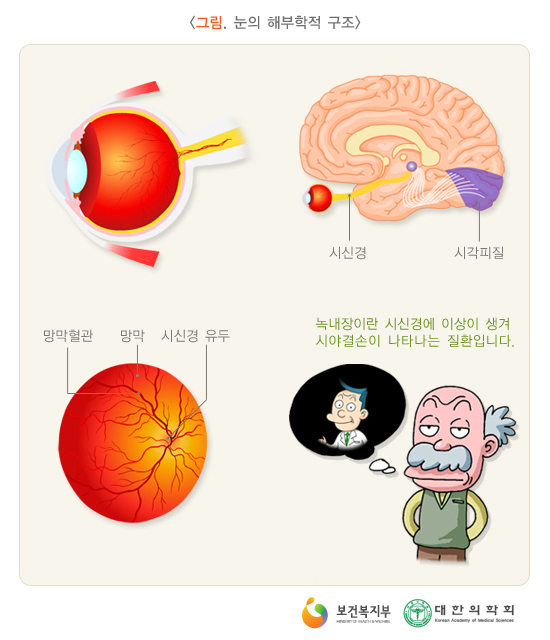
In the event of a field defect caused by glaucoma, the central field of vision is maintained until relatively late. As shown in Figure 2 and 3, glaucoma may be suspected if the field of vision is impaired in the shape of an arch.
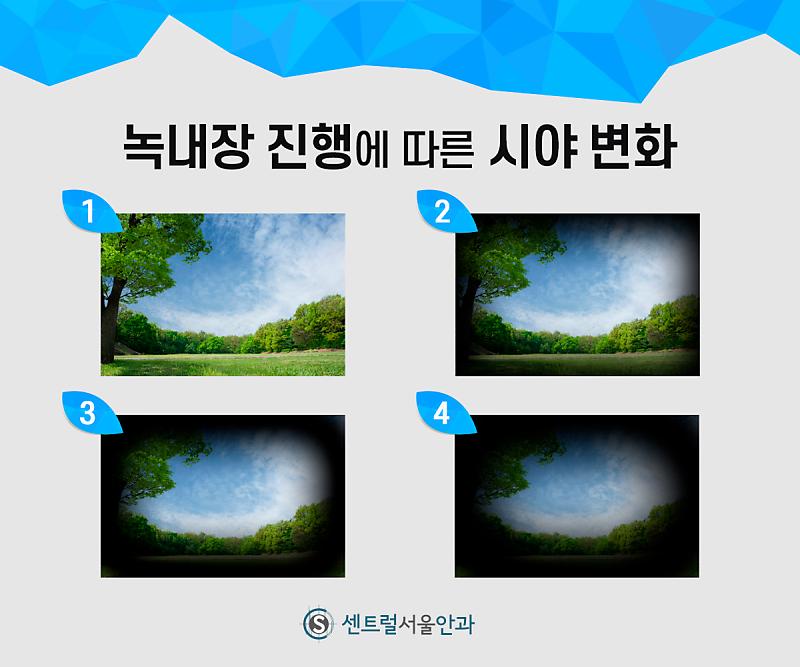
This is an image of Tobias Dahlberg obtained from Pixabay.

intraocular pressure measurement
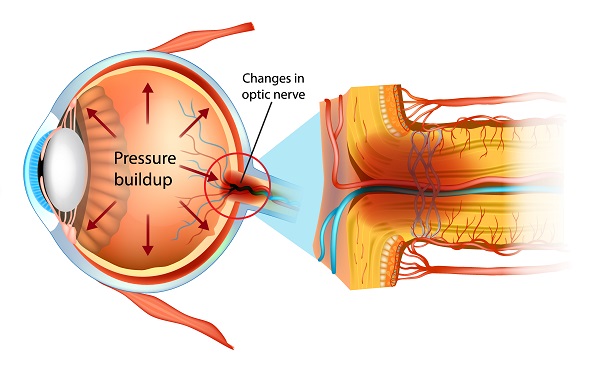
A sufficient evidence that the CCT assessment is sufficient evidence to predict the risk of transformation to glaucoma.Because CCT is clear that CCT is clear, the true IOP is more than a thick patient, the cornea is less than a thick patient.Bolivar et al. (2013)

The Goldman Sachs is the most standard (=gold Standard) eye pressure measurement method.However, the thickness of cornea may be different from the cornea, the center cornea, the center cornea, the center cornea.In addition, various variables, various attempts to security, various attempts to security, so that the difference between the actual eye pressure.The key risk factor, eye pressure (intrafficial pressure)

The major risk factor that developing glaucoma is rising.As a balance of water is adjusted by synthetic and secretion of water in the eye, most treatment method of glaucoma is adjusted to avoid disease progress.Bleau et al., 2016

The main risk factor for glaucoma is high intraocular pressure. Maintains intraocular pressure by reducing waterproofing (=transparent liquid filling the front eye) or increasing waterproofing discharge through medication and surgical treatment.Figure 3. The conventional surgery that you can create a new opening part of the eye-like tissue, and reduce the eye pressure from the eyes.Change from Wikiia.A typical operation is to remove the trabecular meshwork and drain waterproofing out of the eyes to reduce intraocular pressure (=fiber line resection, trabeculotomy).After removing fiber column removal, the eye pressure adjustment, the tube is not suitable for the first time, the tube insertion of the tube insertion of the tube is not suitable for the first time. This suggested that the degree of deformation of the posterior pole is more important than the eyeball elongation itself for determining the likelihood of NTG development in NTG suspects with myopia.박해영 et al., 2021In addition to high intraocular pressure, risk factors for glaucoma include old age, family history, and myopia. open-angle glaucomaGlaucoma affects 70 million people worldwide and is the second major cause of blindness in the United States and the entire planet. Of these 70 million glaucoma patients around the world, 74 percent suffer from open-angle glaucoma, and nearly 80% of all glaucoma in the United States is OAG.Mahabadi et al., 2021About 80 percent of glaucoma patients.If the fiber stock can flow (see trace, Figure 3 ) can flow waterproof discharge is not properly, but if the waterproof discharge is not properly performed properly.Meanwhile, the closed angle green glaucoma is not prevented from being shielded by the fiber stock. Although elevated intraocular pressure (IOP) is the hallmark sign and a well-known risk factor for glaucoma, several population-based studies found that IOP was <22 mmHg in 25–50% of glaucoma patients. In fact, 77% of patients with OAG in Korea have NTG .서상진 et al. 2016Seventy-seven percent of Korean patients with open-angle glaucoma have normal intraocular pressure glaucoma. Sometimes, it is known only when vision deteriorates without realizing any symptoms. Therefore, the importance of regular eye examinations is emphasized. drug therapy for open-angle glaucomaTreatment of OHT and POAG mainly uses topical prostaglandin analogs for ectopic outflow pathway Biswas, 2021Medication classes include prostaglandin analogs, beta blockers, carbonic dehydrogenase inhibitors, alpha-2 agonists, myotic agents and more recently rokinase inhibitors and nitric oxide donors. Dietze et al., 2021We mainly prescribe eye drops of prostaglandin preparations that help waterproof discharge. Various other drugs are used to reduce waterproof production or to help waterproof discharge. It’s a symptom of acute occlusion angle glaucomaacute closed angle green glaucoma, and vomiting, and vomiting, and vomiting, and vomiting, and vomiting.The body inspection will be revealed or cloudy cornea that is clearly associated with the fixed point pupil and cloudy.Khazaeni et al., 2021Figure 4. A swarm of the sun, an image of Mr. Oimheidi obtained from Pixabay.Acute occlusion angle glaucoma causes sudden and severe eye pain, headache, blurred vision, nausea and vomiting, and excessive light (=light ring, halo, see Figure 4). acute angle-of-closure glaucoma treatmentPrimary closed glaucoma (PACG) is common in Asia. Peripheral laser iris incision (LPI) is the current first-line treatment in the management of PACG, and argon laser peripheral iris formation also dramatically reduces IOPs, closing angle Chang et al., 2021The primary treatment is to perform laser iris incision after medication to lower intraocular pressure to create a passageway through which waterproofing is discharged. It’s a prognosis for glaucomaThe most common cause of blindness in the world, and the most common cause of blindness is to recover from surgery.The second general cause of blindness is a glaucoma (12%) and the most common cause of blind blindness.After that, the macular degeneration (5 percent) is generated.Rumelt et al., 2018If cataracts are the most common cause of reversible blindness, glaucoma is the most common cause of irreversible blindness. Unfortunately, blindness due to glaucoma can progress even if intraocular pressure is controlled with appropriate drug treatment. It’s a good lifestyle for glaucoma patientsIt is worth asking the patient to sleep in an overhead position of 20-30°.Antihypertensive drugs are taken when the patient is awake and active (usually in the morning, not at bedtime). It is the role of doctors to make these recommendations.Rumelt et al., 2018To avoid this, the glaucoma patient is better to 30 degrees and sleep.If the glaucoma, you must avoid getting better than the eye pressure is to sleep.Also, it is better to take care when the medicine is happening.The doctor must education before taking a patient’s appeal to patients before sleeping.reference literatureTo avoid this, glaucoma patients should adjust the bed angle to 20-30 degrees. If you sleep with glaucoma eyes down (= toward the pillow), you should avoid eye pressure because it increases. Also, it is better to take medicine for high blood pressure when you are awake. Doctors should educate patients to avoid taking antihypertensive drugs before going to bed. References


